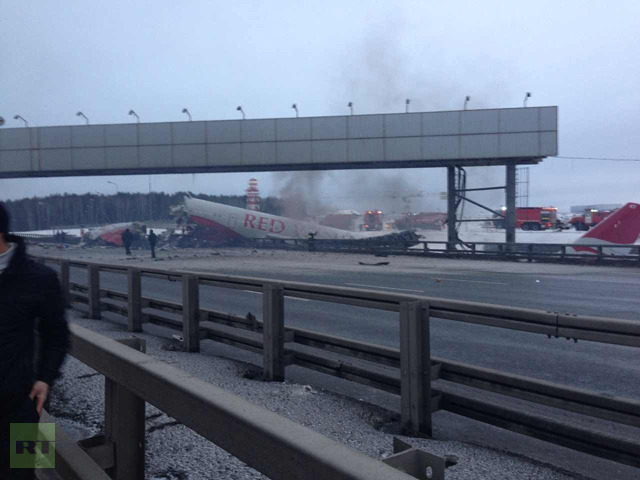 BARKSDALE AIR FORCE BASE, La. — With more than 60 aircraft assigned here and many others that use the second largest flightline in the Air Force, a single program helps keep engine damage from foreign object debris to a minimum.
BARKSDALE AIR FORCE BASE, La. — With more than 60 aircraft assigned here and many others that use the second largest flightline in the Air Force, a single program helps keep engine damage from foreign object debris to a minimum.
The 2nd Bomb Wing FOD monitor coordinates all FOD preventative measures here to guarantee the B-52H Stratofortress, valued at more than $73 million, stays airworthy to provide the backbone of the bomber force with the ability for global attack and precision engagement.
“The program works to virtually eliminate any damage to aircraft caused by FOD by utilizing three areas: awareness and education, prevention and protection,” said Tech. Sgt. Steven Vance, 2 BW FOD monitor. “By coordinating things such as FOD walks and sweepers, we can prevent damage to aircraft engines, tires and more. In one week, a FOD walk picked up more than 330 pounds of FOD and more than 5,000 pounds after the air show.”

 A passenger jet crashed after making a hard landing at Moscow’s Vnukovo Airport. At least four people were killed and four critically injured, says the Interior Ministry. Officials believe the cause could be pilot error, however there are conflicting reports that the plane was spewing black smoke prior to landing.
A passenger jet crashed after making a hard landing at Moscow’s Vnukovo Airport. At least four people were killed and four critically injured, says the Interior Ministry. Officials believe the cause could be pilot error, however there are conflicting reports that the plane was spewing black smoke prior to landing.  Helping To Train Analysts To Sift Through ‘Enormous Amount’ Of Video From Drones Anyone who’s ever watched a sporting event … at least with any knowledge of the broadcasting industry … has been impressed with the ability of a producer to pinpoint multiple angles of a play to be shown almost immediately in instant replay as the announcers analyze the action. That skill has also caught the attention of the U.S. military, which has an enormous amount of footage coming in daily from drone flights over places like Afghanistan.
Helping To Train Analysts To Sift Through ‘Enormous Amount’ Of Video From Drones Anyone who’s ever watched a sporting event … at least with any knowledge of the broadcasting industry … has been impressed with the ability of a producer to pinpoint multiple angles of a play to be shown almost immediately in instant replay as the announcers analyze the action. That skill has also caught the attention of the U.S. military, which has an enormous amount of footage coming in daily from drone flights over places like Afghanistan.



